The tallest mountain of Sweden falls prey to climate change, and researchers are worried this might be far from being the last incident.
The glacier covering the southern peak of the Kebnekaise mountains has been melting at an alarming rate for the past 50 years, leading the highest summit in Sweden to currently measure at 2095.6 meters. This is the lowest ever recorded at the formerly 2106 metre summit.
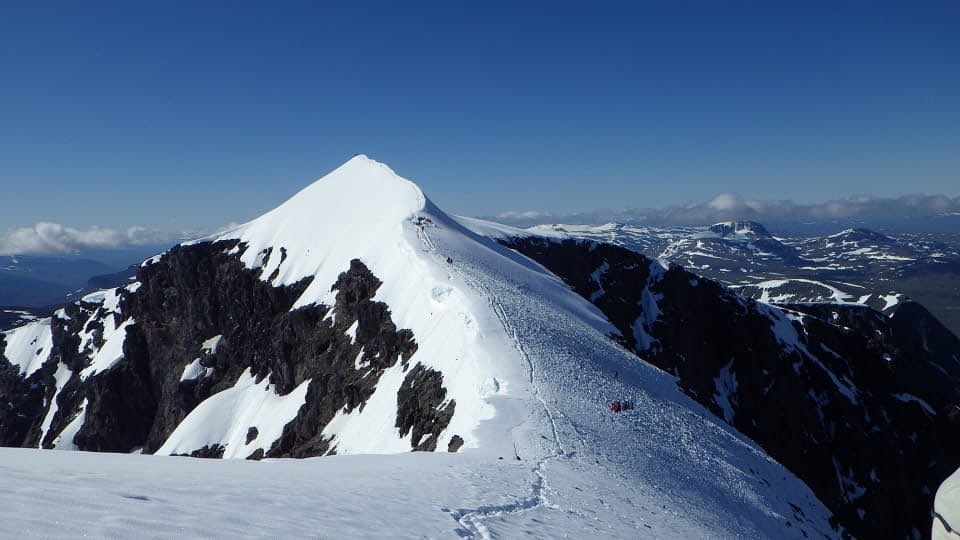
In fact, there’s a 24-metre decline in the Kebnekaise Southern peak throughout these years; only the rate has grown rapid since 2010. Gunhild Ninis Rosqvist, a Stockholm University geography professor who has been measuring the peak each year, confirms this.
“For the first time since 1880, we can say for certain that it’s lower than the other peak. Last year we suspected it, but it never went below the other peak. Now, we measured it at the end of melt season on September 3 using GPS technology with only a few centimeters margin of error.”
This seemingly sudden change is not so out-of-the-blue after all! She says we need to be worried than ever as this trend will continue and more rapid!
“Temperatures in the summer have increased. Actually, they’ve increased all year round. Even the winters are warming here,” Ninis Rosqvist said. “What’s happening a Kebnekaise’s southern peak is representative for all the glaciers in Scandinavia right now. It’s a symbol for glacier melt. They’re all melting very rapidly.”
This is the second signature incident screaming climate change following the Okjokull glaciers in Iceland that got a haunting memorial to commemorate its wiped out state.
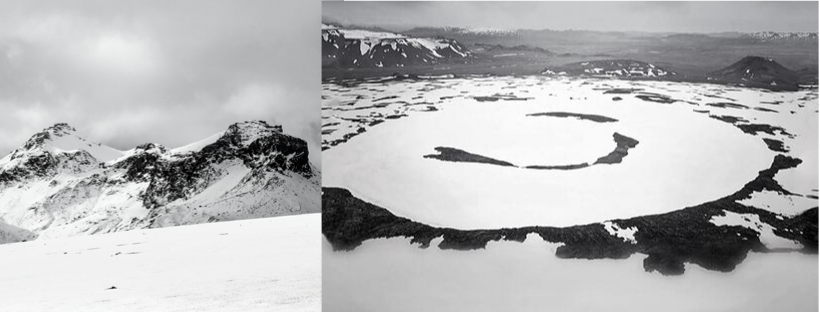
But climate activists say we have crossed that phase where we can expect to garner attention using such symbols to what is a very blatant issue.
“The rate is faster than we anticipated. Maybe we don’t need so many symbols because we know that it’s getting warmer. But maybe this will help people realize that we need to do something about it.”
We can count on the upcoming winter season to fix this but the solution is only temporary. “The shrinking rate has increased because it’s getting warmer and warmer. A strong snowy winter could balance it out, but it will eventually melt in the summer,” Ninis Rosqvist adds.
Maybe even if we start acting right now, we can seek salvation sometime down the line. Pickyourtrail cares. Do you, also?
Related Itineraries
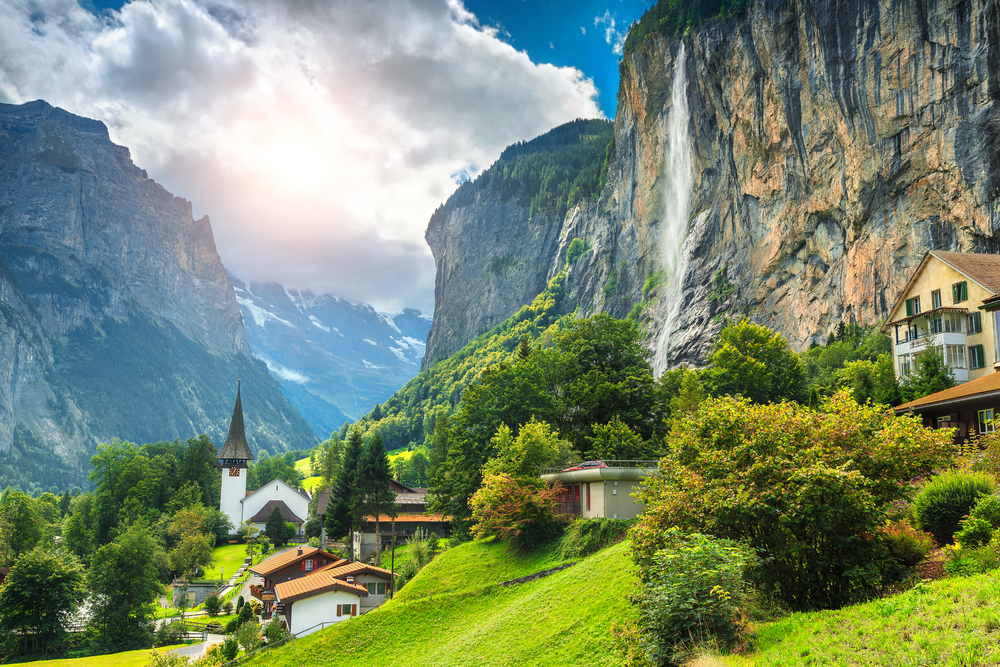
Relaxing 7 day Switzerland itinerary for the Honeymoon travellers
- Flights excluded
- 4 star accommodations
- 6 activities
- Private transfer
₹ 2,20,885
Starting price/person
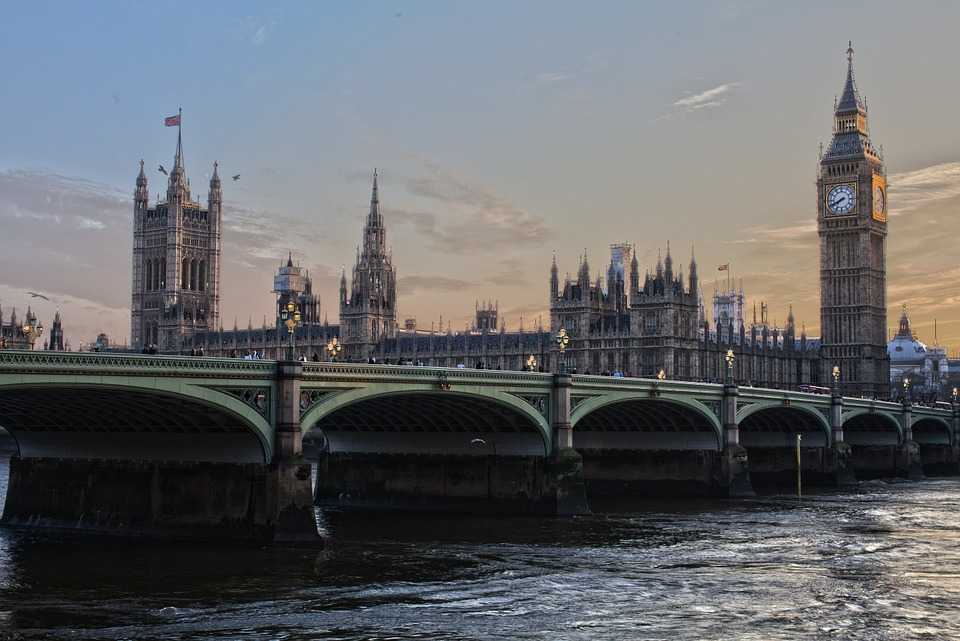
London Dreams: Stay in London and wander around for 6 night stay
- Flights excluded
- 3 star accommodations
- 7 activities
- Shared transfer
₹ 1,07,442
Starting price/person
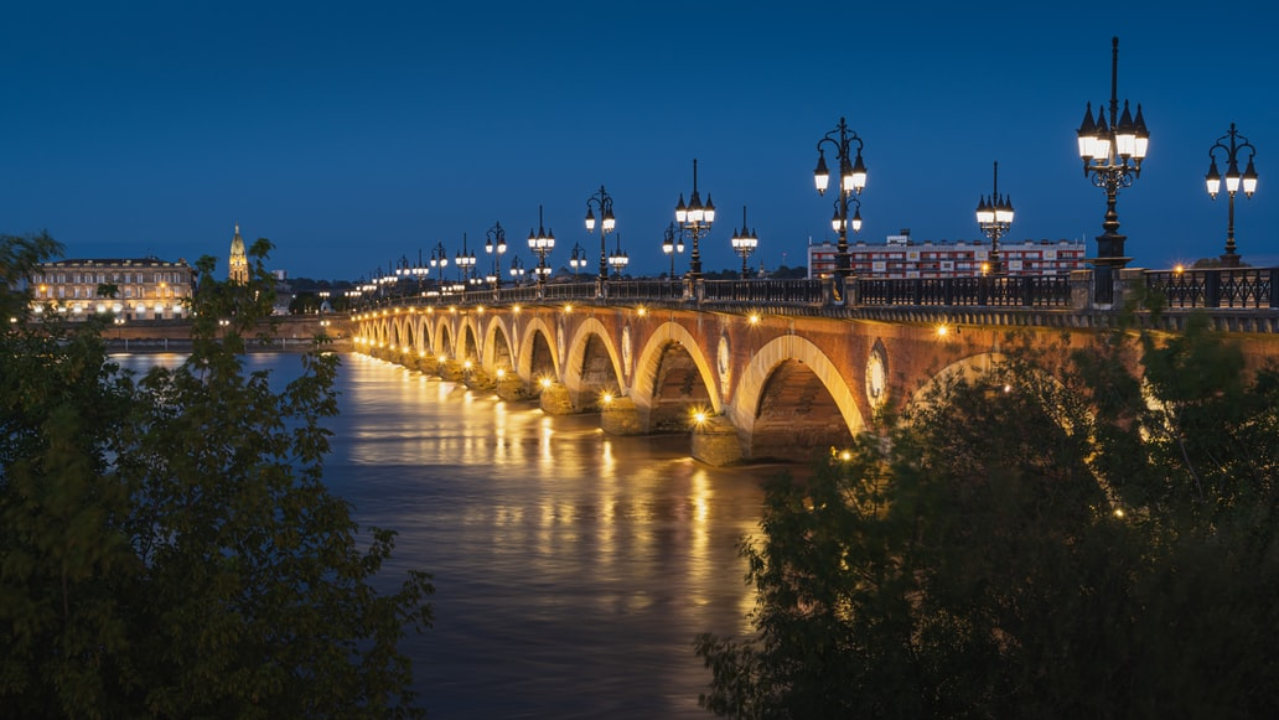
Beautiful 9 Nights France Tour Packages
- Flights excluded
- 3 star accommodations
- 6 activities
- Shared transfer
₹ 52,649
Starting price/person
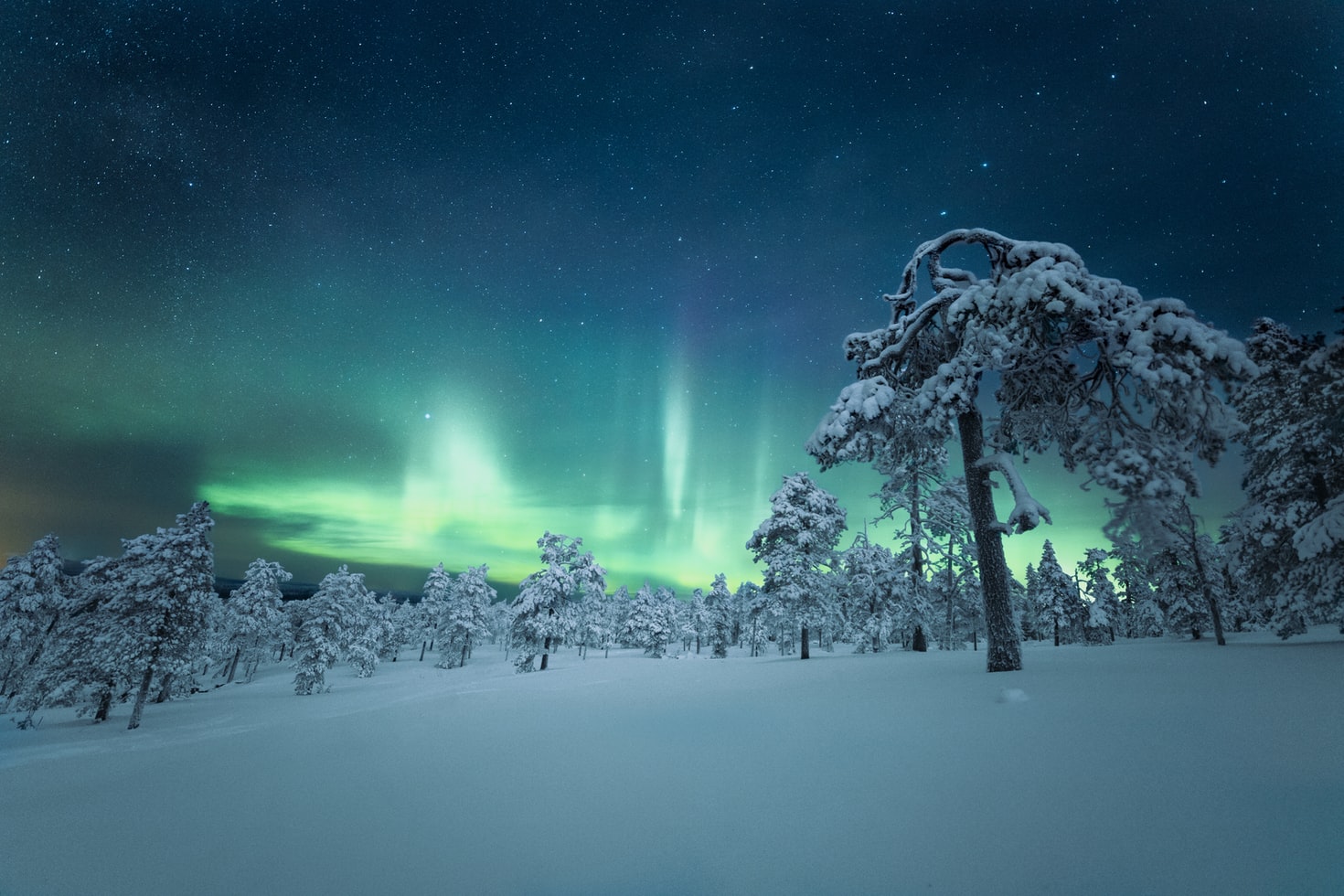
Stunning 6 Nights Northern Lights Packages
- Flights excluded
- 2.5 star accommodations
- 3 activities
- Transfers excluded
₹ 64,954
Starting price/person
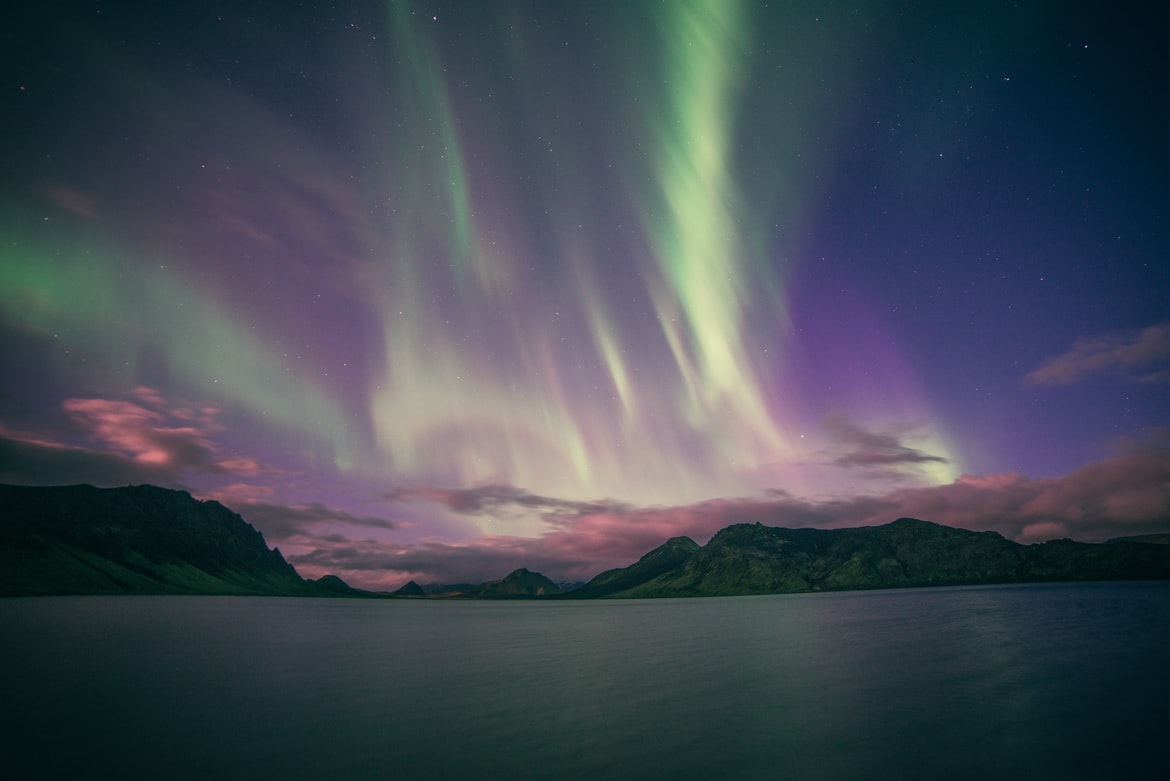
Fantastic 6 Nights Finland Northern Lights Tour Package
- Flights excluded
- 4 star accommodations
- 2 activities
- Shared transfer
₹ 69,369
Starting price/person
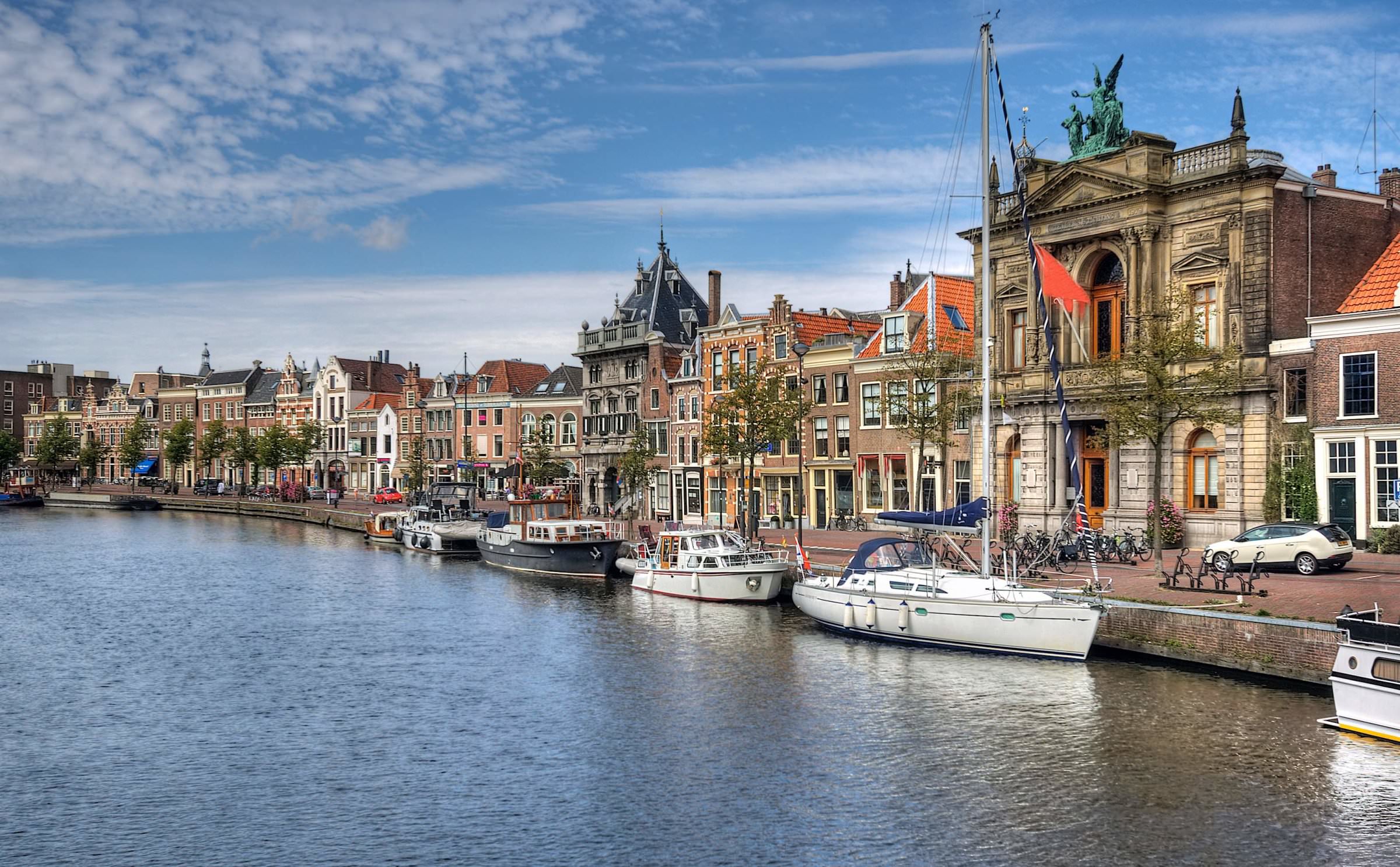
Amazing 10 Nights Netherlands Trip Package
- Flights excluded
- 2 star accommodations
- 9 activities
- Private transfer
₹ 52,895
Starting price/person

Magical 10 Nights Spain Tour Package
- Flights excluded
- 4 star accommodations
- 9 activities
- Shared transfer
₹ 1,17,742
Starting price/person

Europe Tour Packages For 6 Nights
- Flights excluded
- 4 star accommodations
- 7 activities
- Shared transfer
₹ 52,876
Starting price/person

Europe Trip Packages For 10 Nights
- Flights excluded
- 4 star accommodations
- 9 activities
- Shared transfer
₹ 73,921
Starting price/person

Romantic 8 Nights Bali and Vietnam Honeymoon Packages
- Flights included
- 4 star accommodations
- 6 activities
- Shared transfer
₹ 99,947
Starting price/person



